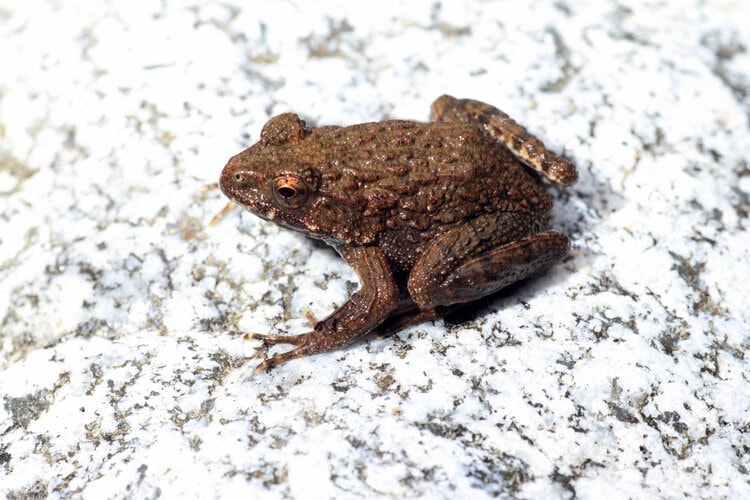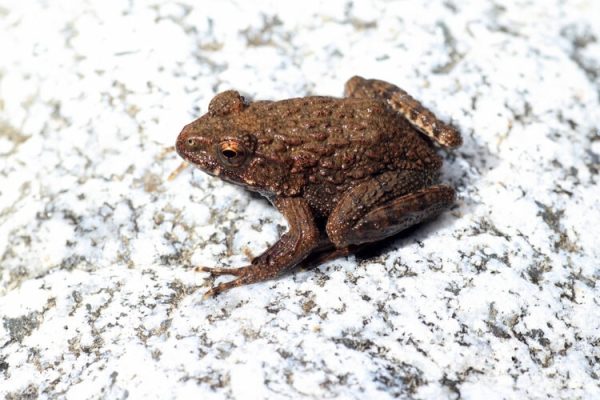Click to Skip Ahead
Exploring the world around them is part of your dog’s nature, but their curiosity and prey drive can get them into trouble, especially regarding wildlife. We know some creatures, whether big or small, can pose a danger to our pups. So, what about frogs? Are they poisonous to dogs?
If your dog has had a run-in with a frog, don’t panic. Though all frogs produce skin secretions as a defense mechanism against predators, most will not pose significant risks to your dog. However, a few species are very dangerous, so identifying the species and contacting your veterinarian, if necessary, should be at the top of your list in this situation. Keep reading to learn more.
Frog/Toad Poisoning in Dogs
There can be some confusion between frogs and toads, so it’s important to know that toads are a sub-classification of frogs, meaning all toads are frogs, but not all frogs are toads. Poison is a common chemical defense mechanism in nature, and most amphibians, including frogs, produce various chemical secretions from the skin to protect themselves from predators.1
The toxins produced by a frog’s skin glands vary depending on the species. Most species are only mildly toxic when it comes to poisoning, but two species of toad in the United States can cause severe poisoning and death.
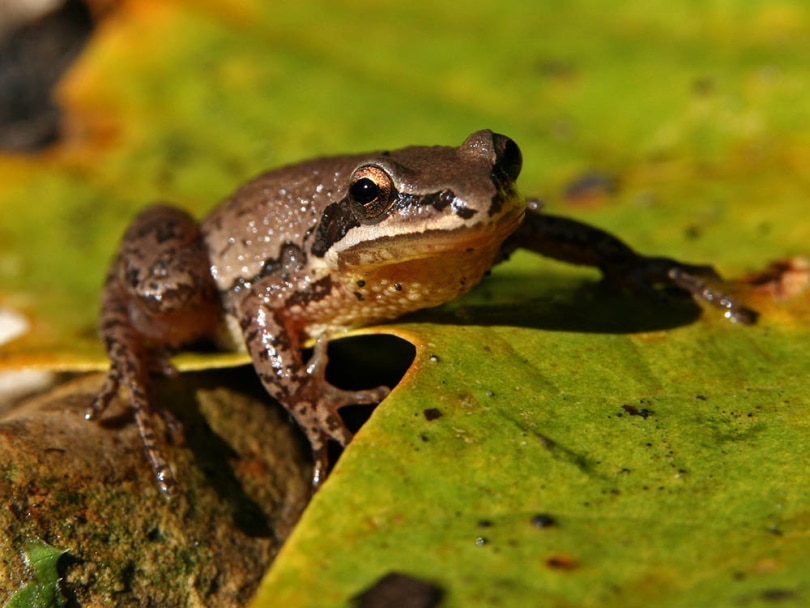
Most Toxic Species of Toad in the United States
Toads are poisonous throughout all life stages. The good news is that the most dangerous toad species have a very limited range within the United States. However, if you are within the native range of either of the following toads and your dog has eaten one, you need to contact your veterinarian right away.
Cane Toad (Rhinella marina)
Also known as the Giant Neotropical Toad or Marine toad, the Cane Toad is native to South America, stretching up through Central America and into southern Texas. They have also been introduced to other areas, including Florida, Hawaii, the Caribbean Islands, Guam, the Philippines, Papua New Guinea, and Australia.
These terrestrial toads inhabit the open grasslands and woodlands and grow 6 to 9 inches long. They produce a highly toxic skin secretion known as bufotoxin. This toxin can cause severe illness and death to native wildlife and domesticated pets if they bite or eat the toad. They are also toxic to humans and can burn the skin and eyes of those who attempt to handle them.

Colorado River Toad (Incilius alvarius)
Also known as the Sonoran Desert Toad, the Colorado River Toad is native to the Southwestern United States and Northern Mexico. Though their range is quite limited within the United States, those that reside from Central Arizona into Southwestern New Mexico, should be cautious of this species.
Like the Cane Toad, the Sonoran Desert Toad is one of the largest species of toad in North America, reaching up to 7 inches or more. They inhabit the grasslands, arid desert lowlands, and mountain canyons within their native range. They produce highly toxic skin secretions that are poisonous to humans and animals. These toxins also have psychoactive properties and can cause severe illness and death in dogs.
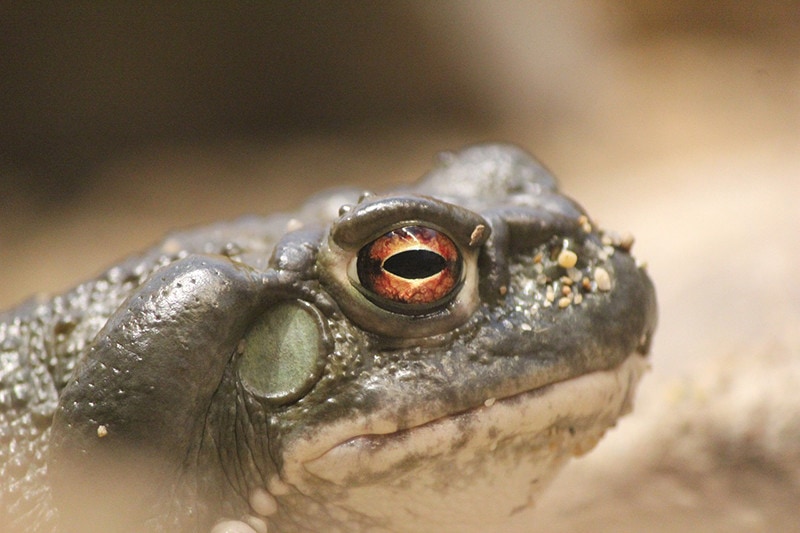
What Causes Toad Poisoning?
As mentioned, toads secrete toxic substances through glands on their skin. These substances are secreted in larger amounts when the animal feels threatened. When a toad is either licked or eaten, the toxins are absorbed through mucous membranes or open wounds, resulting in poisoning. If your dog were to drink water containing eggs or even a bowl that a toad has been in, poisoning can also occur.
Signs of Toad Poisoning
If you live in or are visiting an area with these poisonous toads and your dog has come into contact with one, you must contact your veterinarian or a nearby emergency vet clinic immediately. Early intervention on the owner’s part is very important and can make a difference between life and death.
This includes removing as much toxin from your dog’s mouth and skin as possible by rinsing it with cool water as you work on seeking prompt veterinary care. The clinical signs will often develop rapidly and include:
- Excessive drooling
- Vocalizing
- Vomiting
- Diarrhea
- Foaming at the mouth
- Red mucous membranes
- Pawing at the mouth
- Increased heart rate
- Abnormal heart rhythm
- Disorientation
- Loss of coordination
- Tremors
- Seizures
- Collapse
Treatment & Prognosis
Since exposure to a toad with bufotoxin is a medical emergency, owners should seek care immediately. Rinsing the toxin from the mouth or skin with lots of water should be done immediately as you work to get your dog to the veterinary clinic.
Treatment includes supportive care such as:
- Intravenous (IV) fluid therapy – to correct dehydration and electrolyte imbalances.
- Temperature regulation –to maintain normal body temperature.
- Anti-seizure medication – to control seizures if necessary.
- Anti-arrhythmic therapy – to control any cardiac arrhythmias occurring.
- Anti-emetics – to control vomiting as needed.
The prognosis for toad poisoning depends on the severity and how quickly treatment is rendered. Dogs that develop only mild, localized irritation often have a good prognosis. On the other hand, dogs that develop more severe clinical signs, such as seizures or heart arrhythmias, have a poorer prognosis.
With prompt and early treatment, some dogs with toad poisoning can make a full recovery, but in cases where dogs have been exposed to either a Cane Toad or a Colorado River Toad and the treatment is either delayed or avoided, mortality rates are very high.
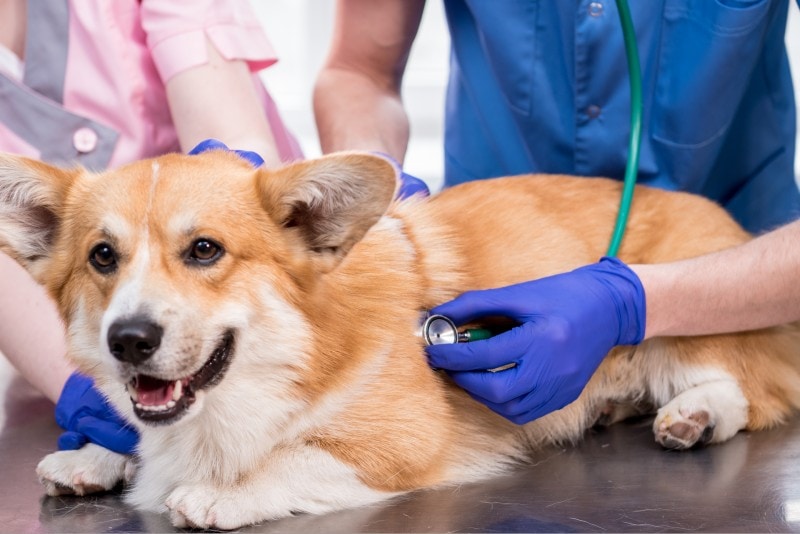
The 6 Tips for Keeping Your Dog Safe from Toad Poisoning
1. Never Hesitate to Call Your Vet
You should contact your veterinarian whenever you have concerns about your dog’s health. When it comes to local wildlife, your veterinarian will be well-versed in any dangers in your region and can provide you with the best guidance. If your vet does not offer after-hours services, keep contact information available for a local emergency clinic that operates 24 hours a day.
2. Supervise Your Dog While Outdoors
Keeping a close eye on your dog, especially in known habitats for poisonous or venomous wildlife, is essential. Unless you are in a secure fenced-in area, keep your dog leashed so that you have more control over where they are going and what they are exploring. If your dog is off-leash, keep a close eye on them and be mindful of what they are getting into.
3. Keep Food and Water Bowls Inside
Toads are attracted to water and lay their eggs in it. Your dog is at risk of toxicity if they drink water with toad eggs or even from a water bowl in which a toxic toad has been. The best way to prevent this from happening if you live or are currently in an area where either the Cane Toad or the Colorado River Toad is native is to keep all food and water bowls indoors and keep your dog away from ponds, lakes, and river banks.
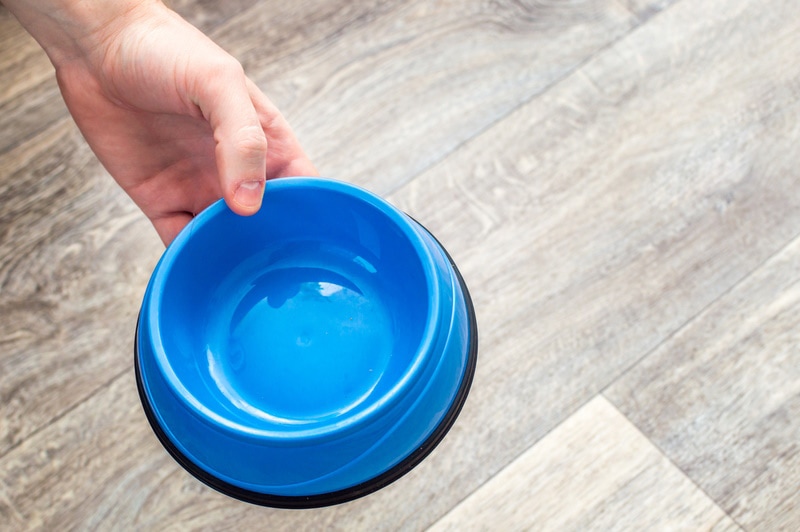
4. Bring Your Dog Indoors at Night or After a Rain
Toads are most active at night and immediately following rain. If you live in an area with more dangerous toad species, make sure you bring your dog in at nightfall or after rain to ensure they are safely inside during their toad’s most active time.
5. Keep Your Yard Clean
Toads hide under debris, bushes, and various objects during the day to avoid direct sunlight. If your yard is full of hiding spots, you are more likely to have toads hiding. In areas with heavily toxic toads, keep your yard clean and remove debris to keep the toads away.
6. Consider a Barrier
In areas with dangerous toads, you can install a fence to keep them from entering your yard. It’s an expensive project, but it will limit the number of toxic toads on your property.

 Conclusion
Conclusion
Frogs secrete a toxic substance from their skin to protect themselves from predators. Thankfully, most frogs and toads in the United States will cause only mild clinical signs. However, if you are in an area inhabited by the Cane Toad or the Colorado River Toad, follow our tips for keeping them away from your dog. Always reach out to your veterinarian if you have concerns about something your dog has come in contact with or if they are experiencing any unusual signs.
Featured Image Credit: feathercollector, Shutterstock

